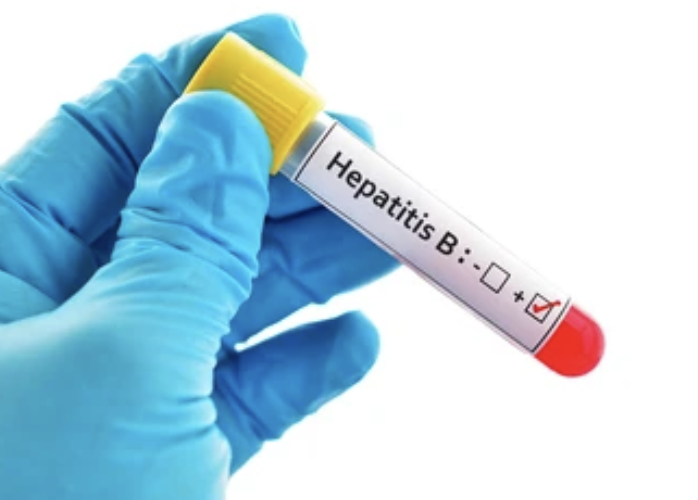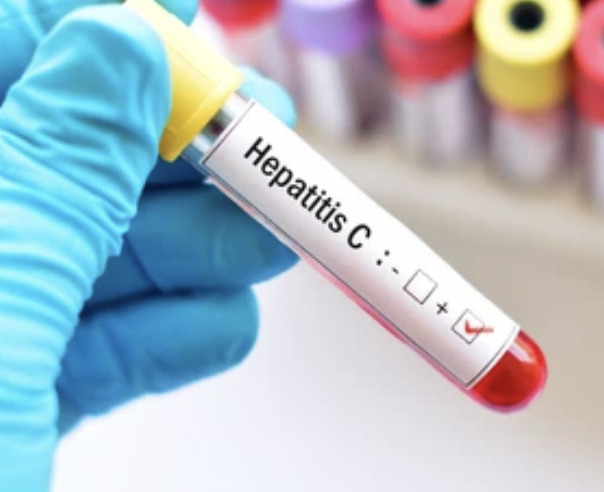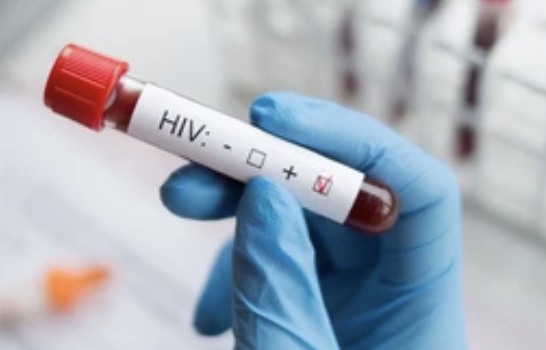Chapter 2: Common Types of Bloodborne Pathogens

The most prevalent bloodborne pathogens, including Hepatitis B (HBV), Hepatitis C (HCV), and Human Immunodeficiency Virus (HIV). Understanding the characteristics and transmission modes of each pathogen is crucial for implementing targeted preventive measures.
Common Bloodborne> Pathogens
Hepatitis B (HBV)
Hepatitis B is a viral infection that attacks the liver and can cause both acute and chronic diseases. The virus is transmitted through contact with the blood or other body fluids of an infected person. HBV is preventable with vaccination.
Hepatitis C (HCV)
Hepatitis C is a viral infection that also affects the liver. It is primarily spread through direct contact with the blood of an infected person. Unlike hepatitis B, there is no vaccine for hepatitis C, making prevention through proper precautions crucial.
Common signs and symptoms for both Hepatitis B (HBV) and Hepatitis C (HCV):
Fatigue: Persistent and unexplained tiredness.
Loss of Appetite: Reduced interest in eating or significant weight loss.
Nausea and vomiting: Feeling queasy or vomiting.
Abdominal Pain: Discomfort or pain in the abdominal area, especially around the liver.
Jaundice: Yellowing of the skin and eyes due to liver dysfunction.
Dark Urine: Urine may appear dark or tea-colored.
Pale-colored Stools:Light-colored or clay-colored stools.
Fever: Elevated body temperature.
Human Immunodeficiency Virus (HIV)
HIV is transmitted through contact with certain body fluids, including blood. Human Immunodeficiency Virus (HIV) is a virus that attacks the immune system, specifically the CD4 cells (T cells), which help the immune system fight off infections. If left untreated, HIV can lead to the disease Acquired Immunodeficiency Syndrome (AIDS).
Common signs and symptoms associated with HIV/AIDS:
Fever: An unexplained and prolonged fever is a common early symptom.
Fatigue: Persistent tiredness or extreme exhaustion.
Headache: Frequent and severe headaches may occur.
Muscle Aches and Joint Pain: Generalized body pain and discomfort.
Rash: Skin rashes or lesions may appear.
Weight Loss: Unexplained and significant weight loss.
Persistent Diarrhea: Frequent and prolonged episodes of diarrhea.
Skin Conditions: Rashes, sores, or lesions on the skin.
Respiratory Issues: Chronic cough, shortness of breath, and respiratory infections.




